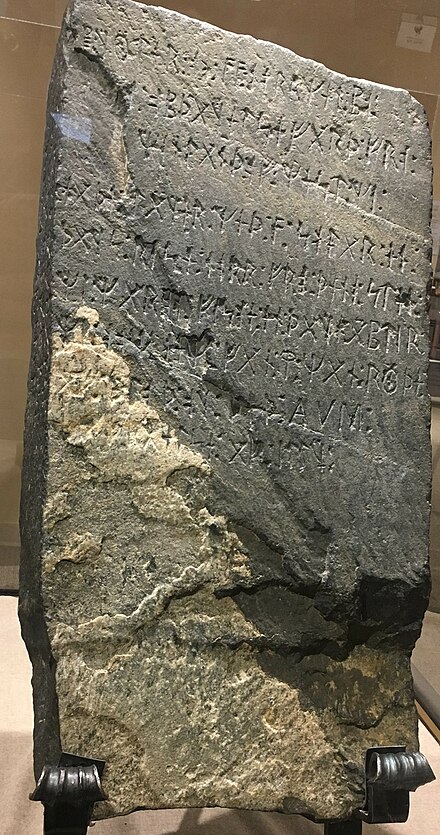One series I binged watched in December was Secrets of the Viking Stone, a documentary created by actor Peter Stormare (better known as the wood chipper guy in the movie Fargo) to explore the origins of the Kensington Runestone. The stone, covered with runic etchings, was discovered in the late 1800s by Olof Öhman, a Swedish farmer, as he cleared some poplar trees in his field. Eventually, the stone was deemed a hoax, and the farmer himself ridiculed and ostracized for his claims.

Stormare learned about the stone when he was filming Fargo in Minnesota and found a connection to the disgraced farmer as they came from the same county in Sweden. He hoped, with his investigations, to clear Olaf’s name by proving the stone is a real artifact and that Vikings had made it far inland long before Christopher Columbus. He and his sidekick, Elroy Balgaard, a historian, practice wide-ranging research from hosting a happy hour with locals to buying metal detectors to road tripping to the east coast. The second season ends without a definitive conclusion, and we aren’t sure about a season three. While some of their experts and historians seem legitimate, I almost gave it up when their main supporter suggested it wasn’t Vikings that made and buried the stone but…wait for it…the Knights Templars.
While it would be nice to think the stone is real, North American runestone hoaxes is a category unto itself in Wikipedia. In addition to carving and hiding fake stones, pranksters have buried real artifacts in false locations. Turns out those Vikings have a sense of humor. Of course, Stormare and Balgaard never mention this proliferation of hoaxes during the show. But, it’s all good: it was a fun romp through history and archaeology and a reminder that, despite our hyper-connected world, there is much we don’t know about the past. Who knows? Maybe it was the Templars: as much as there is no evidence in favor of the theory, there also isn’t any evidence disproving it.